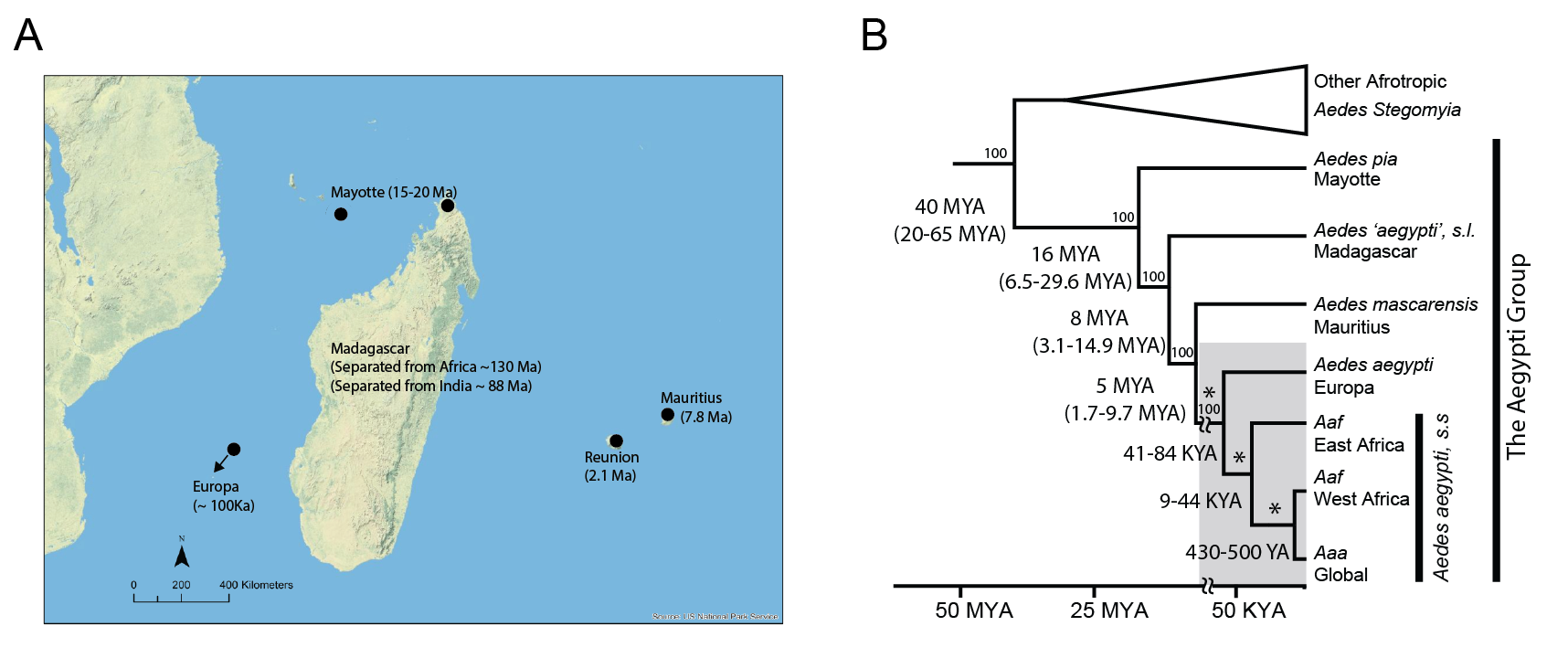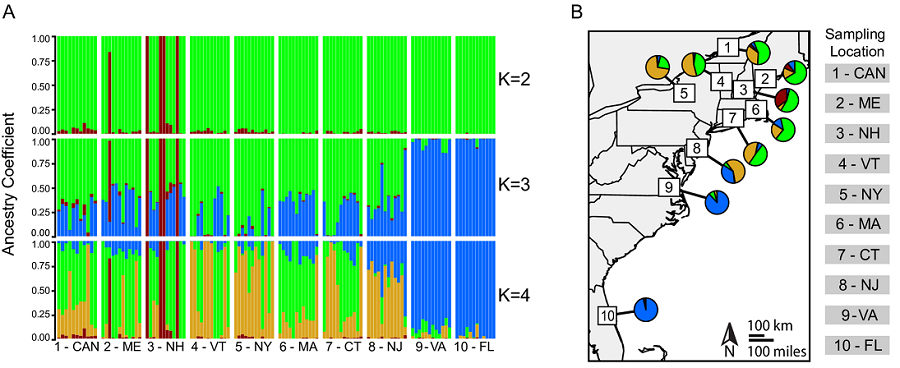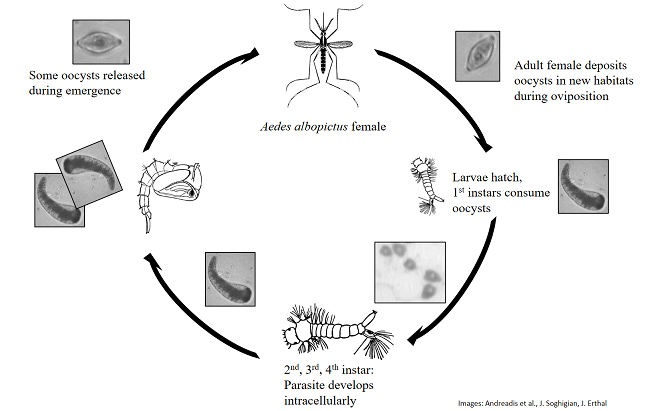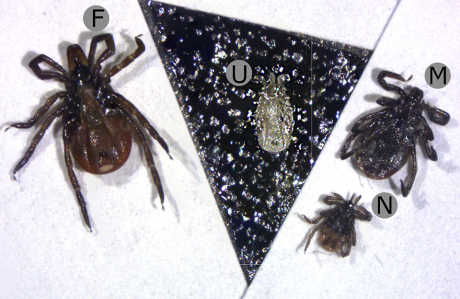Welcome to my research website! My name is John Soghigian, and I’m an evolutionary biologist interested in the causes and consequences of parasite and disease vector abundance and diversity. My research integrates genomics and evolutionary analyses with population biology to understand how evolutionary history influences contemporary distributions of insects of medical and veterinary importance.
In the summer of 2021, I’ll be joining the Faculty of Veterinary Medicine at the University of Calgary as an Assistant Professor. As of now, I’m currently a postdocoral research scientist in the Department of Entomology and Plant Pathology at North Carolina State University, where I am working on understanding the origin of important parasite and vector phenotypes. I received my PhD in 2016 from Clark University, where I was advised by Todd Livdahl. The primary purpose of this website is to communicate my research interests, recent publications, and share some of the code I have generated for various projects.
Recent Updates
-
Joining the University of Calgary
I have accepted an offer to join the University of Calgary’s College of Veterinary Medicine as an Assistant Professor of Parasitology. I’ll be starting my first lab on the evolution of parasite and vector species, with a particular emphasis on flies of medical and veterinary importance. My lab will have...
-
Origins of the Yellow Fever Mosquito

In a recent publication in Molecular Ecology, colleagues and I1 challenge traditional hypotheses on the origin of Ae. aegypti, arguably the world’s deadliest disease vector. The traditional story of this invasive mosquito’s dispersal is... -
Mini-Assemblathon for Anchor Hybrid Enrichment
As sequence capture methods increase in popularity for phylogenomics, identifying the best tools for use with such methods is becoming ever more pressing. A key step in most sequence capture pipelines is the assembly of loci, and generally, most groups rely on existing software used for denovo genome or transcriptome...
-
A Mosquito 'Tree of Life'
I have recently joined Brian Wiegmann and Michael Reiskind at NC State University as a postdoc to work on our recently funded NSF project reconstructing the evolutionary history of mosquitoes, titled Phylogenomics to advance understanding of world mosquito diversity and vector ecology. We will be utilizing anchor hybrid enrichment
Genomics of the vector of EEE virus, Culiseta melanura

The disease vector Culiseta melanura occupies wetland habitats throughout eastern North America. This species plays an important role in Eastern Equine Encephalitis virus transmission, and observations on host association (e.g. from bloodmeal analyses) suggest feeding patterns vary by geographic location,...
Polishing a PacBio Mosquito Genome
I just completed a basic comparison between the two algorithms, Quiver and Arrow, that are used for polishing a PacBio denovo genome assembly. After discussions with a collaborator, I thought it might be valuable to post this information, in case anyone is looking for details on the two algorithms in...
Coevolved hosts and parasites: Gregarines and mosquitoes

I’ve recently had another paper from my PhD on Ascogregarina published1, where Todd Livdahl and I show that dispersal strategy of the parasite varies depending on sex of host and conspecific density of parasites. The parasite...
Dwarf tick in the news

A dwarf tick I recently described1 has made me famous… on the blog of Entomology Today, anyway. The state Tick Testing Program at the Connecticut Agricultural Experiment Station recently received an abnormally small tick, pictured...
subscribe via RSS
